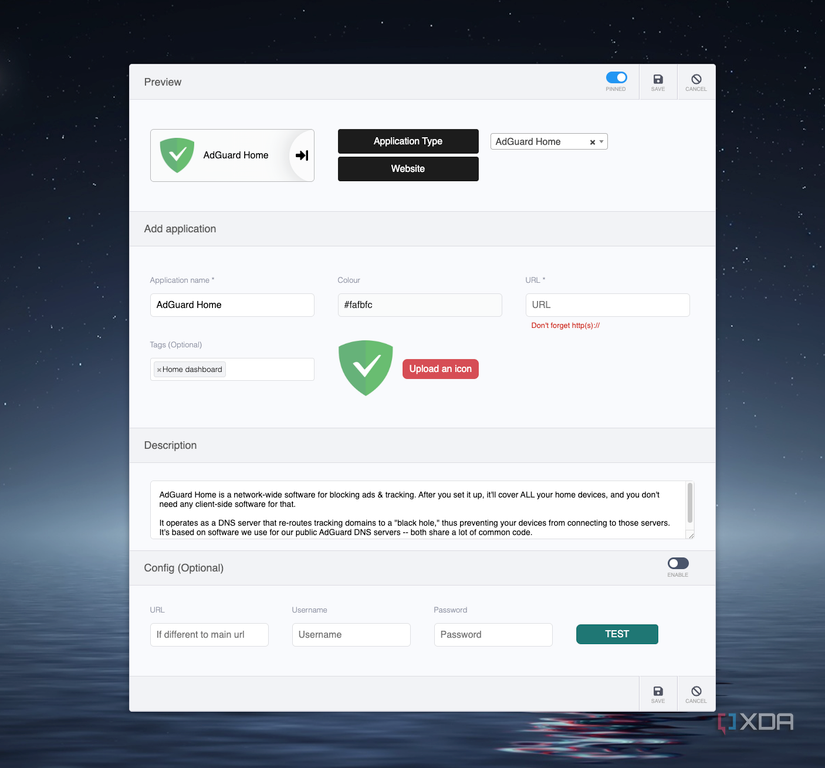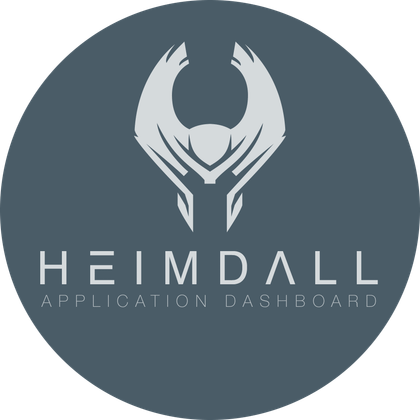Dhruv Bhutani has been writing about consumer technology since 2008, offering deep insights into the personal technology landscape through features and opinion pieces. He writes for XDA-Developers, where he focuses on topics like productivity, networking, self-hosting, and more. Over the years, his work has also appeared in leading publications such as Android Police, Android Authority, CNET, PCMag, and more. Outside of his professional work, Dhruv is an avid fan of horror media spanning films and literature, enjoys fitness activities, collects vinyl records, and plays the guitar.
Every single time you pop open a new tab in your browser, what do you see? It's invariably a search tab, or perhaps a list of shortcuts, or maybe some recently searched tabs. For years, I've stuck to the default new page tab in Chrome, Safari, Firefox, and the myriad other browsers I've tried. But diving deep into the self-hosted world, there had to be a way to improve upon this most basic of experiences. Looking for a solution to that problem is how I stumbled upon Heimdall.
This self-hosted app dashboard is exactly what you need to serve as a launchpad for your self-hosted or even online-app-based internet use. And like the best open-source services, Heimdall isn't just easy to install, but just as easy to configure and set up. I've got it up and running on my NAS, and let's just say that my small experiment has turned into the single best productivity tweak I have made in years to my browsing experience.
A dashboard designed to simplify everything
Clean interface with plenty of customization
The idea behind Heimdall is pretty basic and straightforward. Think of it as a clean, visually appealing dashboard that lives on your own server and gives you a launchpad for your choice of apps and services. The idea is to organize your most-used web apps, tools, and resources into a single screen that greets you every time you open the browser or a new tab. Sounds like a pretty solid upgrade over your usual bookmarks folder.
Heimdall adds a few more levels to it. To kick things off, Heimdall divides content into three different app types — generic apps, foundation apps, and enhanced apps. The generic apps are the simplest. All you've got to do is provide a name, link, and an icon, and Heimdall offers up a neat-looking shortcut to the service or app. That said, these apps also don't offer any additional features.
For that, you'll need to look at foundation apps. These are apps that have already been validated by Heimdall, so when you type in the name, it fills in the icon and basic information explaining the app and service on its own. Enhanced apps are where things start getting interesting. Apps under this category support a far higher degree of functionality. Heimdall can talk to their APIs to show useful status information right on your dashboard. For example, you can tap into a JellyFin server and see your media server running, the transcoding status, or more.
The interface is clean and designed with simplicity in mind, featuring a default theme that follows a minimalist approach. But the default theme is just the beginning. There's ample customization on offer here, ranging from colors, backgrounds, and icons to match. Additionally, Heimdall lets you group apps by personal preference so you can have a group of apps dedicated to server management, or another set geared towards media and entertainment.
And if your list of apps runs long, you can always use the built-in search function to find the exact apps you need quickly. This means that your dashboard isn't just a quick launchpad, but also your personal search engine for key apps and services.
Why a self-hosted dashboard beats bookmarks
Easy setup with a big impact
 Credit:
Credit:
What makes Heimdall so impressive isn't just that it's a productivity tool, but also how flexible and capable the interface is. With this being a self-hosted app, there are certain basic advantages that you get with it. For example, all the data is under your control, and backups and upgrades are also within your control.
As far as my setup goes, I've kept it fairly simple. I've got Home Assistant and Plex set up as quick access shortcuts on my dashboard. These let me go straight to my essential services. I've also dabbled with setting up enhanced apps, but I prefer a light and minimal setup, so I'm personally just sticking to quick-click bookmarks.
Broadly speaking, some of you might say that bookmarks serve the same function. Generally speaking, you'd be right. But there are differences. Depending on the number of bookmarks you have, it can be cumbersome to find the one that is appropriate for your apps. Moreover, having quick access icons every time you open a tab makes popping into your favorite apps and services that much quicker, reducing friction.
Heimdall turns your browser into a control center for your self-hosted stack
Replacing my browser's home page with Heimdall was supposed to be an experiment with dashboards. Just to see if it is something that would actually help me out. What I didn't expect was that it would completely change how I interact with my self-hosted stack. In fact, it has become the central hub of my digital life. It keeps me organized, saves me time, and brings some order to how I access my apps and services. If you are looking for a low-effort way to quickly access all your apps and services, Heimdall should be your first port of call. This self-hosted dashboard might be all you need.

Heimdall is a self-hosted dashboard app that gives you quick access links to your preferred self-hosted and cloud apps and services.
.png)











 English (US) ·
English (US) ·